- 11 Historic Wildfires That Changed Fire Management Data Reveals - October 4, 2025
- The 1883 Krakatoa Event And Its Global Weather Effects Records Show - October 2, 2025
- How Scientists Use Climate Models To Forecast The Future - October 2, 2025
The Big Corporate Takeover Most People Don’t See
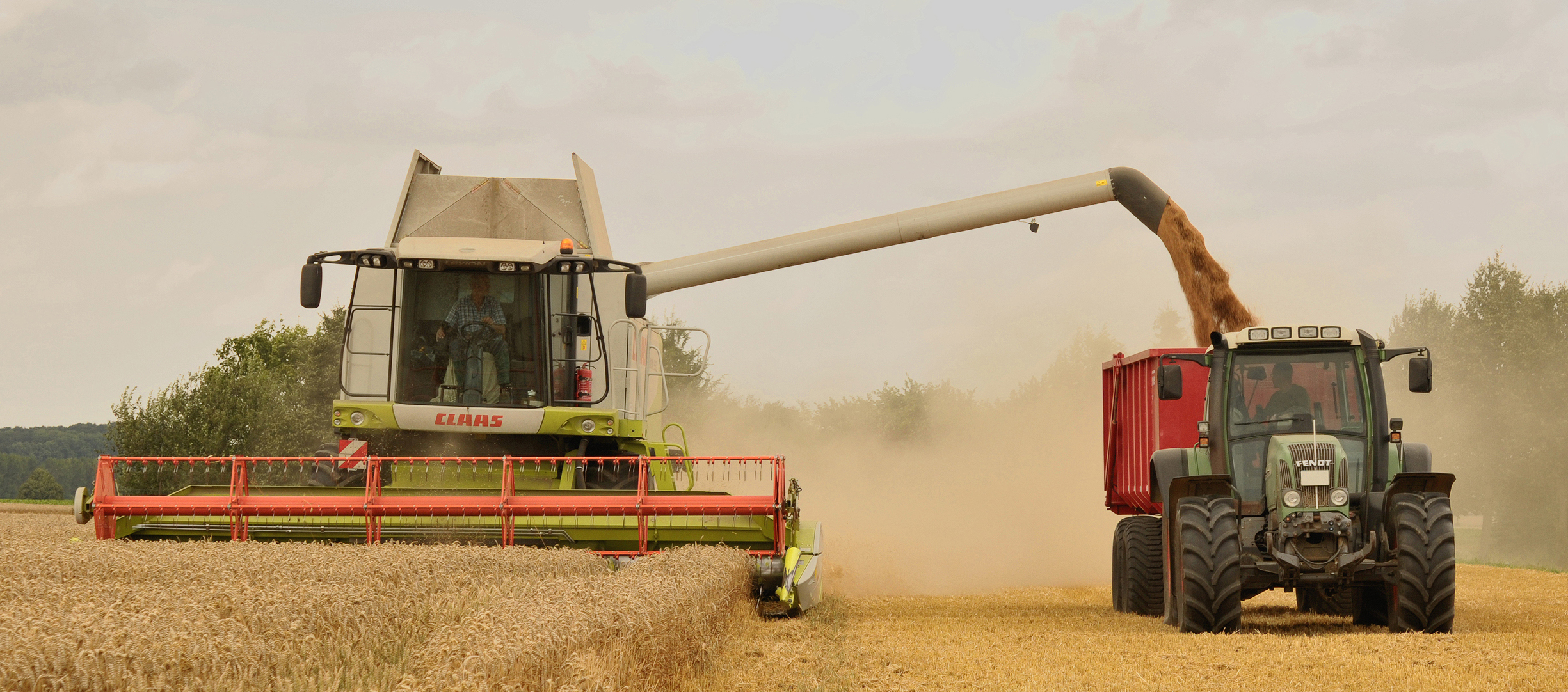
Here’s something that might shock you – over 80% of all US organic sales are actually made by corporate conglomerates like ConAgra, Heinz, and Kellogg. That’s right, the family farm imagery on your organic cereal box is often just marketing magic. While roughly 68% of Americans buy some organic food believing they’re supporting local farmers, most of the produce people buy comes from distant industrial farms. The organic industry isn’t immune to the factory farming model everyone thinks they’re avoiding. This isn’t to say organic methods are bad, but the scale and ownership structure might surprise consumers who picture Old MacDonald carefully tending his crops. Many organic operations run massive facilities with thousands of acres, automated equipment, and corporate management structures identical to conventional farms.
Organic Farms Do Use Pesticides – Just Different Ones
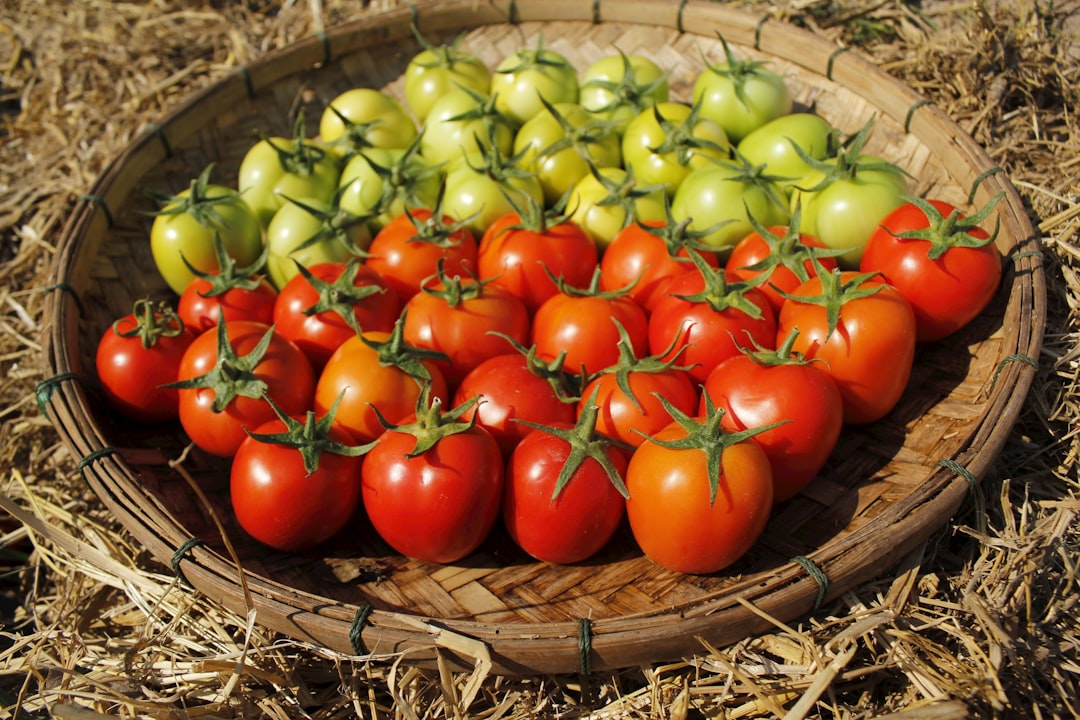
As one organic industry insider puts it, “I don’t like the narrative that organic is pesticide-free. It’s not. They do use things that are toxic to the environment.” The truth is twenty-five synthetic pesticides are approved for organic use (compared with more than 900 in conventional ag). What’s more shocking is that the actual volume usage of pesticides on organic farms is not recorded by the government. Many organic pesticides that are also used by conventional farmers are used more intensively than synthetic ones due to their lower levels of effectiveness. Think of it like this: if you’re fighting weeds with a water gun instead of a fire hose, you might need to use that water gun a lot more. According to the National Center for Food and Agricultural Policy, the top two organic fungicides, copper and sulfur, were used at a rate of 4 and 34 pounds per acre in 1971. In contrast, the synthetic fungicides only required a rate of 1.6 lbs per acre, less than half the amount.
The Pesticide Spillover Effect Nobody Talks About
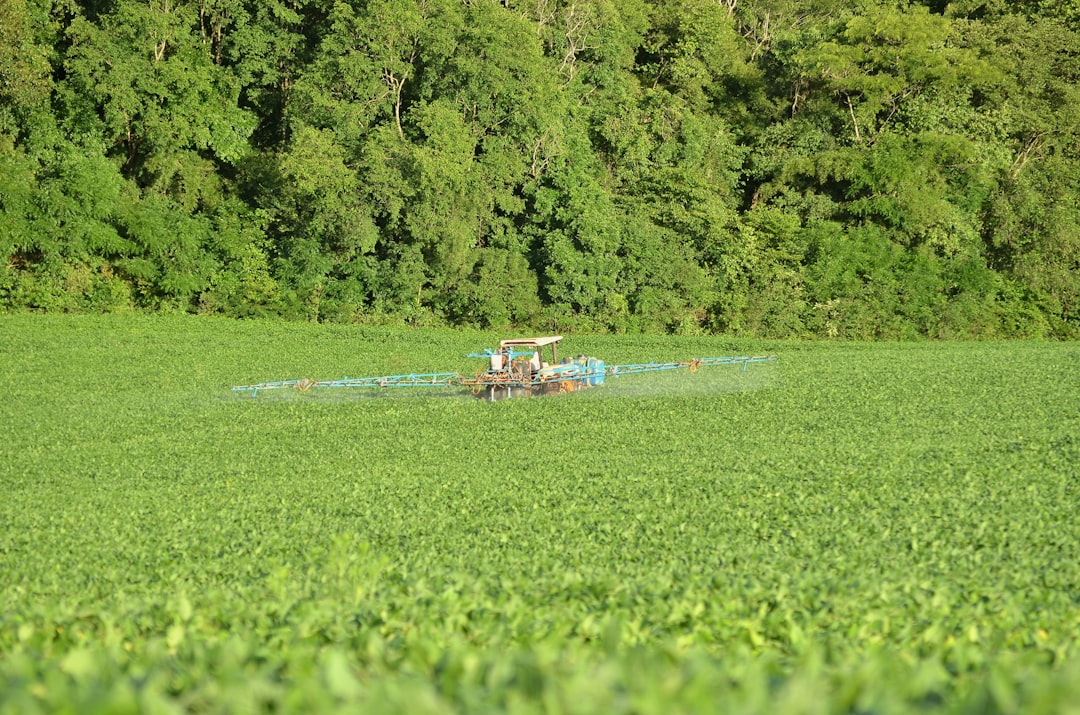
Recent scientific research published in 2024 reveals a fascinating unintended consequence of organic farming. Studies show that “organic cropland generally leads to a decrease in pesticide use on nearby organic fields,” but “organic agriculture leads to a small, but significant, increase in pesticide use on nearby conventional fields”. Across Kern county as a whole, “because there are so many more conventional fields, we see an increase [in insecticide use] overall”. This happens because pests and beneficial insects move freely between farms, creating complex ecological interactions. The abundant life on organic farms will spill over into conventional farmlands and trigger a more aggressive pest management response there. It’s like having one neighbor who welcomes wildlife while the next door neighbor has to deal with all the extra critters.
The Real Cost Gap That’s Driving Farmers Away
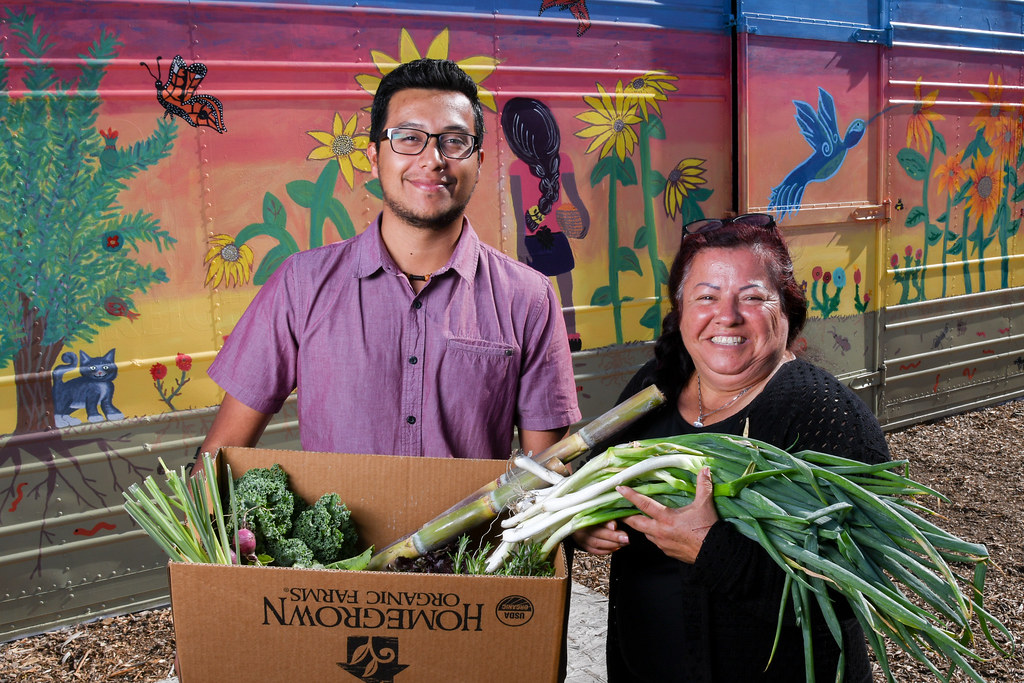
Most farmers have little interest in switching to the more costly and less convenient production methods required for organic certification. America’s farmers so far have certified less than 1 percent of their cropland for organic production, and fewer than 2 percent of commodities grown in 2017 were organic. The economics are brutal for farmers. Organic farming involves higher production costs, including labor-intensive practices, limited use of synthetic chemicals, and expensive organic certifications. These factors result in elevated prices, which can deter budget-conscious consumers, particularly in economically uncertain times. Producing food organically requires more human labor to handle the composted animal manure used for fertilizer, as well as more labor to control weeds without chemicals. It also requires more land for every bushel of production, further driving up costs. Many farmers feel caught between consumer expectations and economic reality.
The Fraud Problem That’s Bigger Than You Think
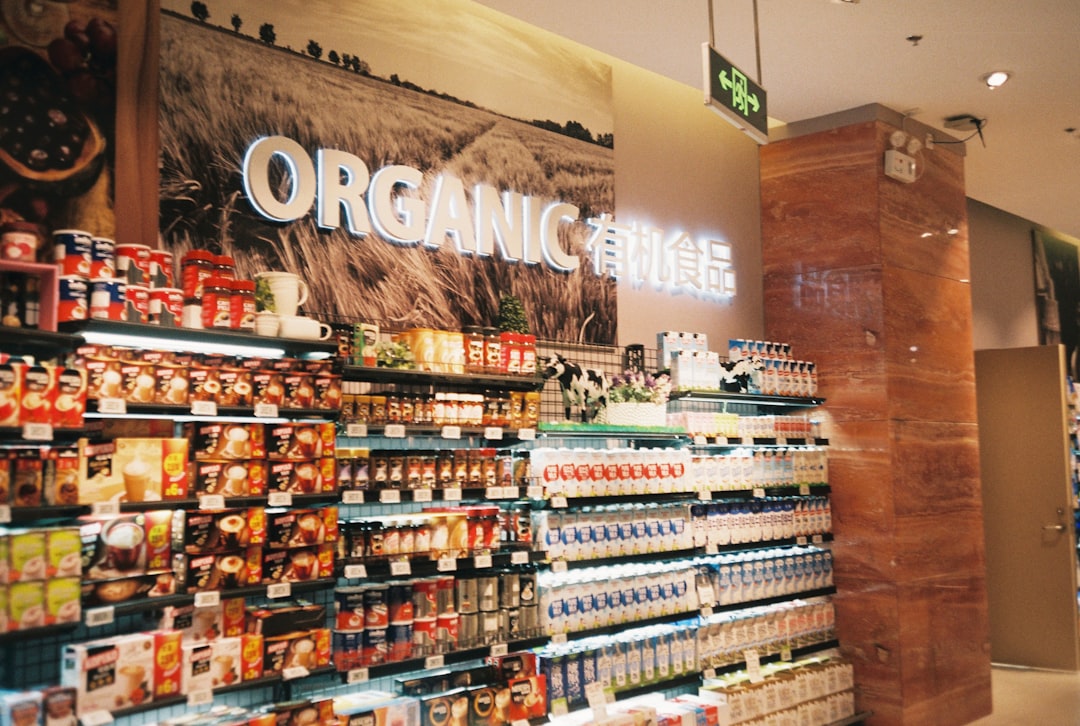
The organic industry has a dirty secret: fraud is more common than most consumers realize. USDA finalized the Strengthening Organic Enforcement rule in 2023 to address fraud in organic supply chains, but enforcement remains challenging. The integrity of organic certifications throughout the supply chain is challenging, leading to potential trust issues among consumers. Think about it – when organic products are shipped internationally or through complex supply chains, verifying every step becomes nearly impossible. Because farms have to be able to afford the USDA certification it can be expensive for our farmers, especially those small local mom-and-pop ones. Many of them are doing things all the same things and then some but just cant afford the verification. This creates a perverse situation where some of the most authentic small-scale organic operations can’t afford the official label.
What Rachel Carson Actually Believed About Organic

Here’s a fact that might surprise environmental advocates: Rachel Carson, the founder of our modern environmental movement, never endorsed organic farming. Her 1962 book “Silent Spring” condemned synthetic insecticides like DDT, but Carson saw no reason to ban manufactured fertilizers, a requirement under the organic standard. This distinction matters because it shows how organic standards evolved beyond what even the most famous environmental scientist recommended. Scientists view the organic vision as fundamentally misguided because it depends on an ungrounded distinction between materials that come from nature versus those fabricated by human industry. The organic rule says we can use nitrogen from animal manure to replace soil nutrients, but not nitrogen synthesized from the atmosphere in a factory. This is not a science-based distinction. The nitrogen molecule is identical regardless of its source.
The Food Safety Risk That Gets Overlooked
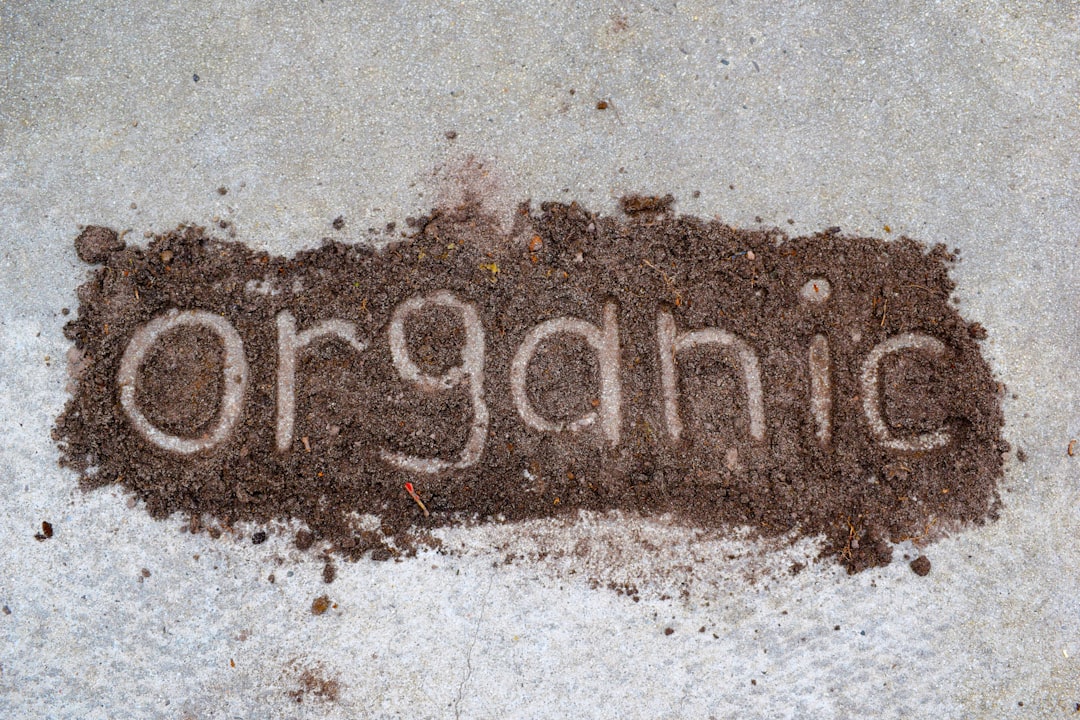
While everyone focuses on pesticide residues, there’s a more immediate food safety concern with organic produce. One study found E. coli in produce from almost 10% of organic farms samples, but only 2% of conventional ones. The same study also found Salmonella only in samples from organic farms. The reason for the higher pathogen prevalence is likely due to the use of manure instead of artificial fertilizers, as many pathogens are spread through fecal contamination. Recent outbreaks include a multistate outbreak of E. coli O121:H19 infections linked to organic whole and baby carrots, resulting in 48 illnesses in 19 states and one reported death. Of 47 people with information available, 20 were hospitalized and one developed hemolytic uremic syndrome. These aren’t isolated incidents – they represent a documented pattern that farmers wish consumers understood better.
The Land Use Reality Check
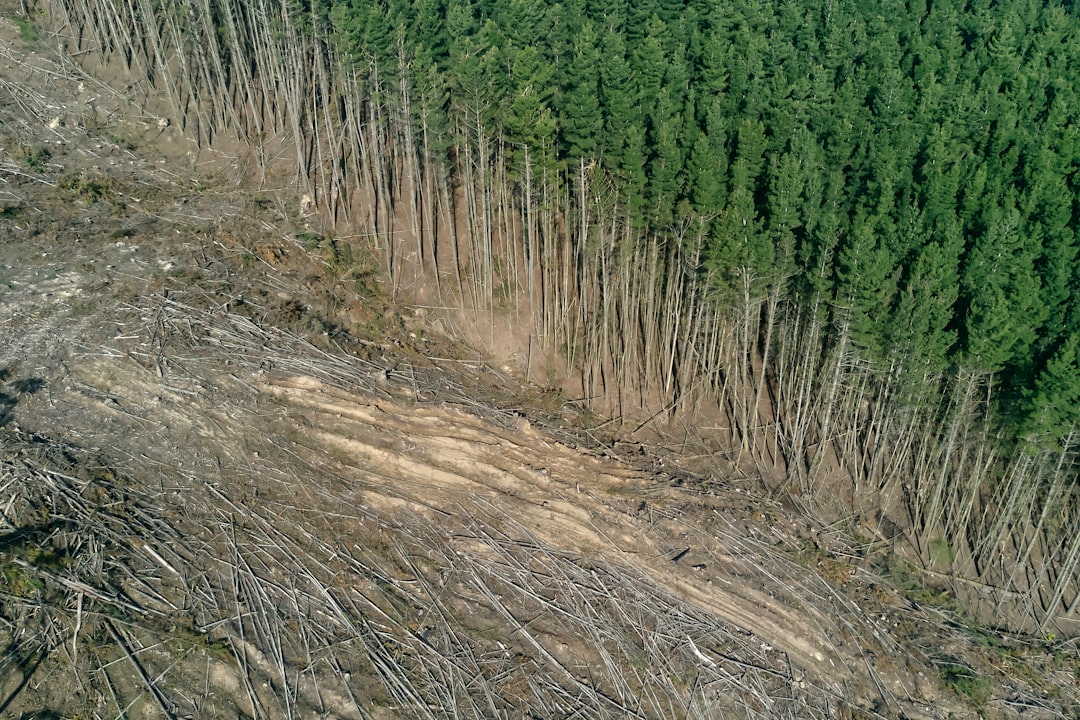
The unfortunate truth is that until organic farming can rival the production output of conventional farming, its ecological cost due to the need for space is devastating. As bad as any of the pesticides and fertilizers polluting the world’s waterways from conventional agriculture are, it’s a far better ecological situation than destroying those key habitats altogether. Trying to grow all of our food organically today would require farming a much wider area, damaging wildlife habitat. Picture this: if we converted all farming to organic methods tomorrow, we’d need to clear significantly more land to feed the same number of people. That means cutting down forests, plowing up grasslands, and destroying ecosystems that currently serve as wildlife refuges. It’s a classic case where the perfect becomes the enemy of the good.
The Market Numbers Behind the Hype
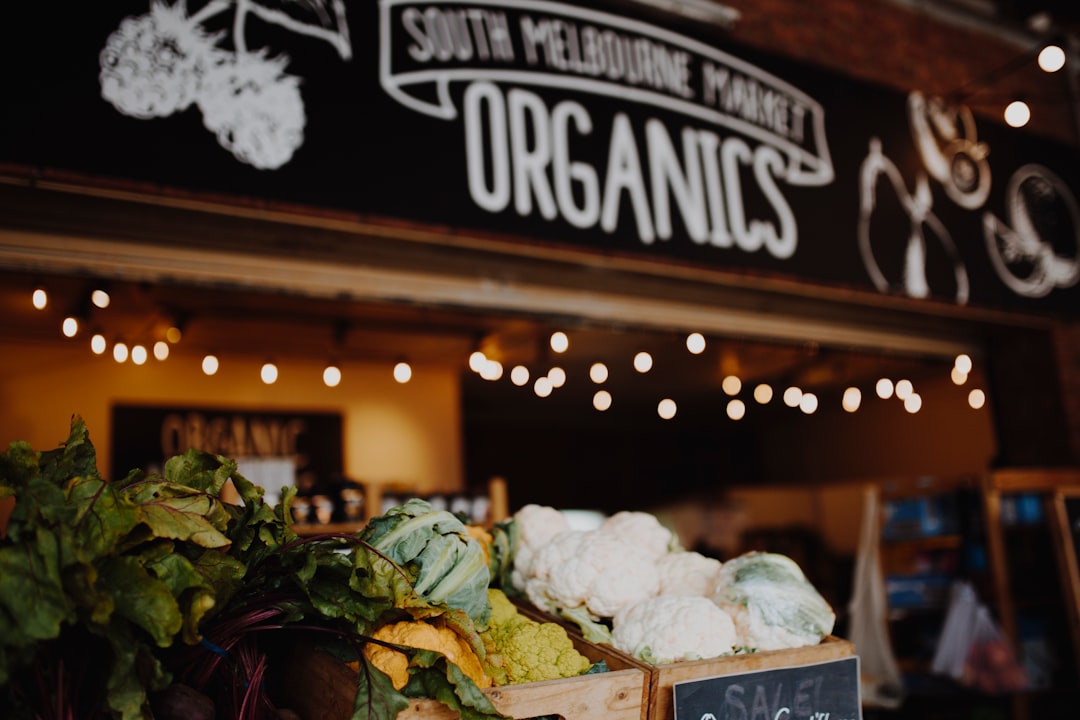
The organic food market is experiencing explosive growth, with the global organic food market projected to expand from USD 286.4 billion in 2025 to USD 1.05 trillion by 2034, exhibiting a CAGR of 15.5%. In the United States specifically, the organic food market is estimated to be around US$ 65.55 Billion in 2024 and is expected to reach around US$ 159.04 Billion by 2033. But here’s what farmers see: fewer than 6 percent of total retail food purchases are organic products. Two decades after federal organic certification began in America, the brand remains a single-digit phenomenon. The disconnect between market growth projections and actual farmer adoption tells a story of consumer demand driving corporate investment rather than grassroots agricultural change. Most of this growth comes from processed organic products and corporate scaling, not the small farm renaissance many imagine.
The Fear-Based Marketing That Backfires

Fear-based messaging tactics used by activist groups and organic marketers about the safety of non-organic produce have had a negative impact on public perception. As a result of this, people on low incomes have reduced their consumption of fruit and vegetables – both organic and non-organic. Research shows that “Misleading messaging which inaccurately describes certain fruits and vegetables as having ‘higher’ pesticide residues results in low-income shoppers reporting that they would be unlikely to purchase any fruits and vegetables”. This creates a public health paradox where the push for organic food actually reduces overall fruit and vegetable consumption among the people who need it most. Farmers watch this happen and wonder if the organic marketing industry is doing more harm than good by scaring people away from produce entirely.
Why Farmers Are Skeptical of Consumer Perceptions
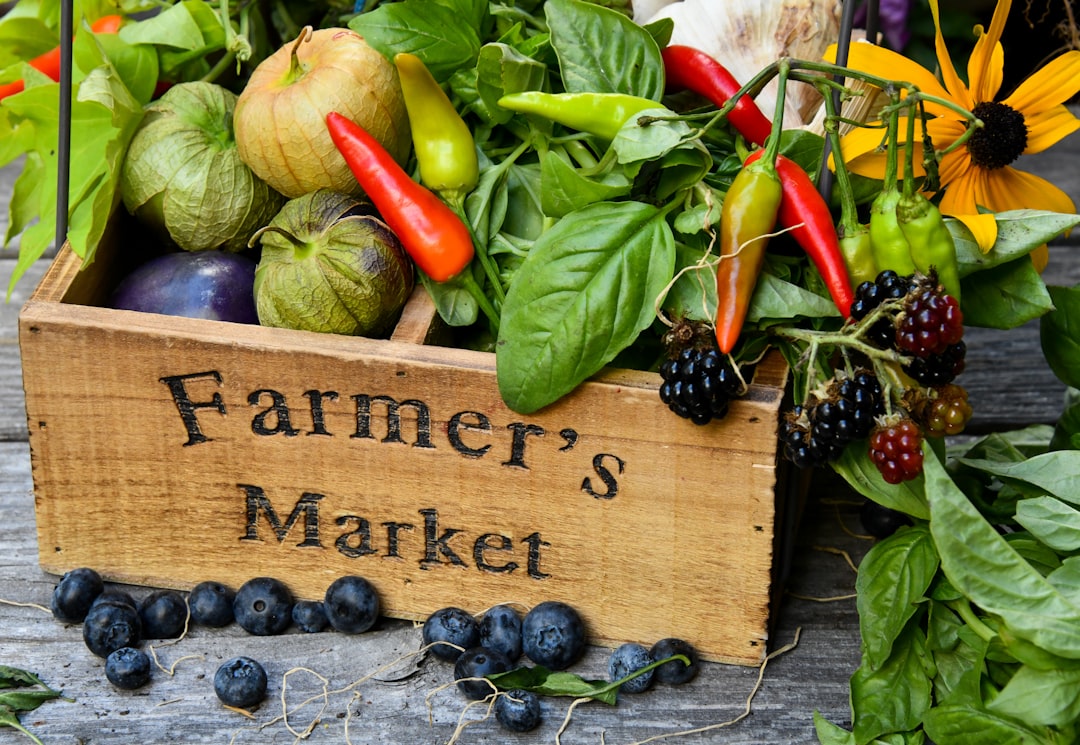
In 2024, consumers who participated in a survey agreed most with organic marketing claims indicating that organic products do not contain GMOs and toxic pesticides. But farmers know the reality is more complex. Studies consistently show that organic foods have significantly lower pesticide levels, but it’s certainly possible for pesticide residue levels to be high enough that they pose a health threat. But in high-income countries, where these things are regulated and tracked, it’s unlikely. American parents should not worry about feeding our kids fruits and vegetables, conventional or organic. But the risk isn’t zero, and our ability to assess it isn’t perfect. What frustrates farmers most is when consumers make purchasing decisions based on fear rather than facts. They want people to eat more fruits and vegetables, period, whether organic or conventional, because the health benefits of produce consumption far outweigh the theoretical risks from either farming method.
Did you expect the organic industry to be this complex and nuanced?
